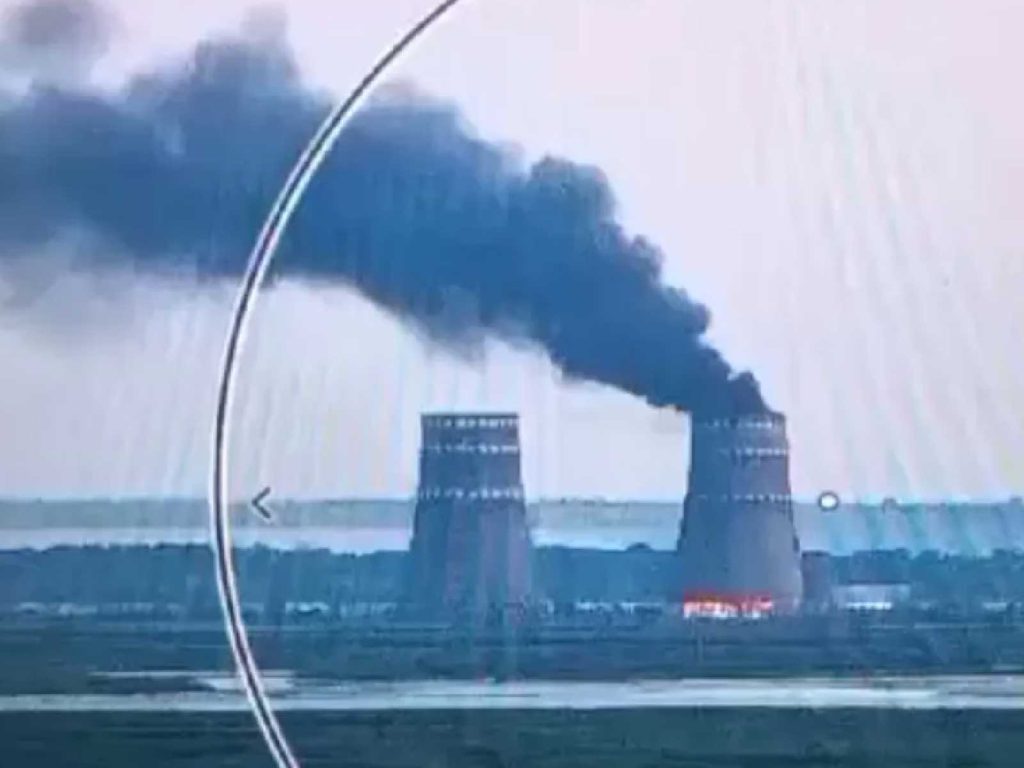
Moscow and Kyiv have traded accusations following a fire at the Zaporizhzhia nuclear power plant, Europe’s largest, now under Russian occupation. The fire broke out on Sunday at the plant in southern Ukraine, with both sides reporting no increase in radiation levels.
The International Atomic Energy Agency (IAEA), which monitors the facility, observed strong, dark smoke emerging from the northern section of the plant after multiple explosions. Rafael Grossi, IAEA chief, condemned the attacks, stating that they jeopardize nuclear safety and increase the risk of an accident. However, Grossi did not assign blame for the incident.
This fire comes shortly after Ukraine launched its largest incursion into Russian territory since the war began in 2022, signaling a new phase in the conflict after recent Russian advances.
Russian state media TASS and RIA reported that the main fire was extinguished before midnight. They cited Rosatom, Russia’s nuclear energy company, which claimed a drone attack had caused the fire at a cooling tower, though no evidence was provided.
In response, Ukraine’s Energoatom, the country’s nuclear power company, announced on Telegram that one of the cooling towers and additional equipment were damaged. Russia’s TASS also noted damage to a cooling tower but mentioned it was non-functional.
The IAEA has requested “immediate access” to the affected cooling tower to assess the damage, but there has been no immediate response from either Moscow or Kyiv.
The Zaporizhzhia plant was seized by Russian forces shortly after the invasion of Ukraine in 2022. The plant’s six reactors are currently in cold shutdown, but the facility still requires external power to keep nuclear material cool.
By early Monday, the cause of the fire remained unclear. Ukrainian President Volodymyr Zelenskiy accused Russia of starting the blaze, visible from the Kyiv-held city of Nikopol. In contrast, Russia’s officials, including Foreign Ministry spokesperson Maria Zakharova, accused Ukraine of attempting to destroy the plant and create “nuclear terror.”
Zelenskiy released a video showing black smoke rising from a cooling tower and a blaze at its base, asserting that while radiation levels are normal, the situation remains dangerous as long as Russian control persists.
The plant’s reactors are not in operation, but the facility’s safety remains a critical concern due to its proximity to the front line of the conflict. Both Moscow and Kyiv have regularly accused each other of endangering the plant’s safety.




